What to See, Experience, and Explore at Miami Art Week 2025
We checked in with our former podcast guests who will be inching through Miami traffic, unveiling new works, signing books and revealing new projects this year.
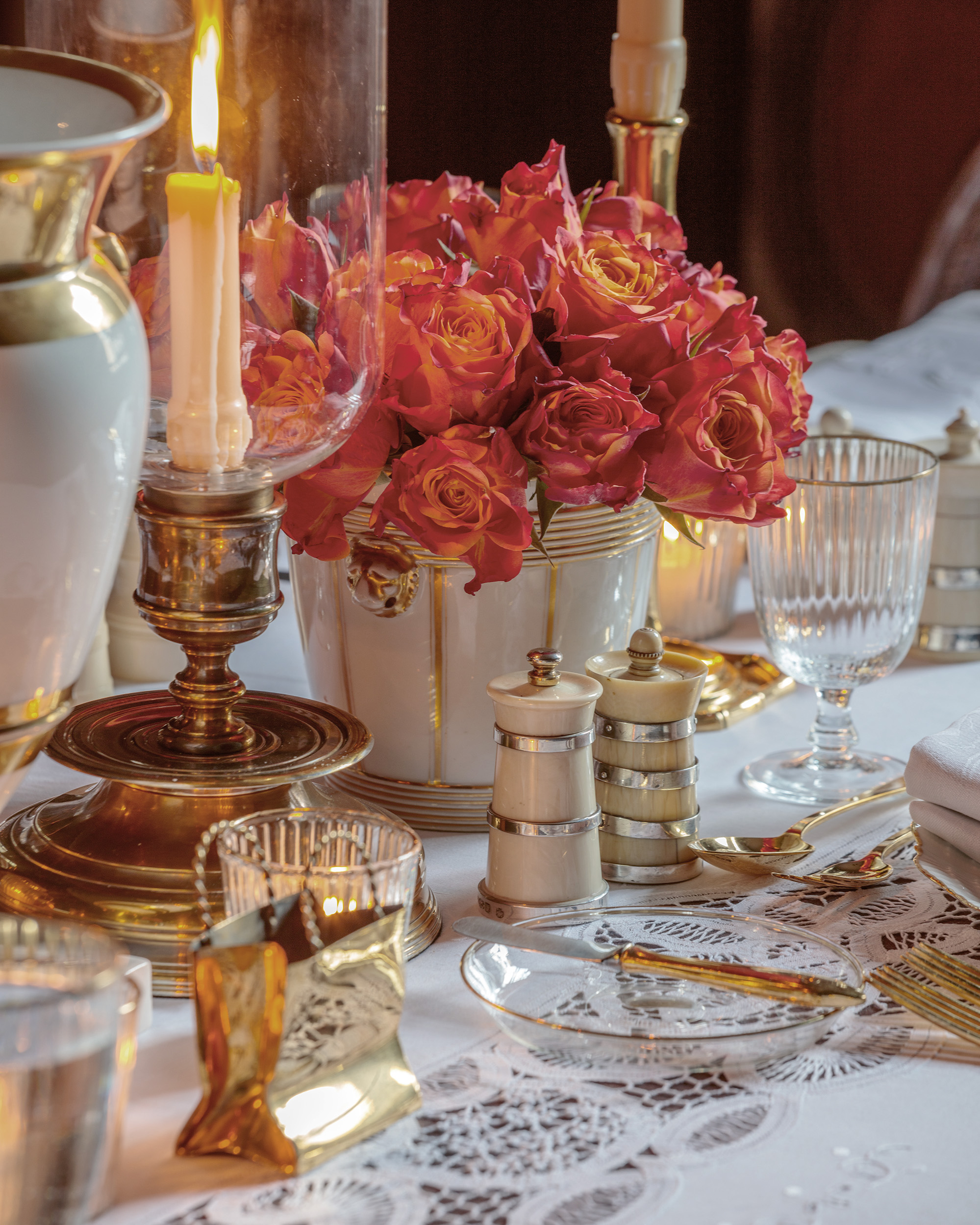
You’re reading The Grand Tourist Curator, our weekly newsletter with the latest handpicked news and insights from the worlds of art, design, style, food, and travel. Sign up here to get The Curator delivered directly to your inbox.
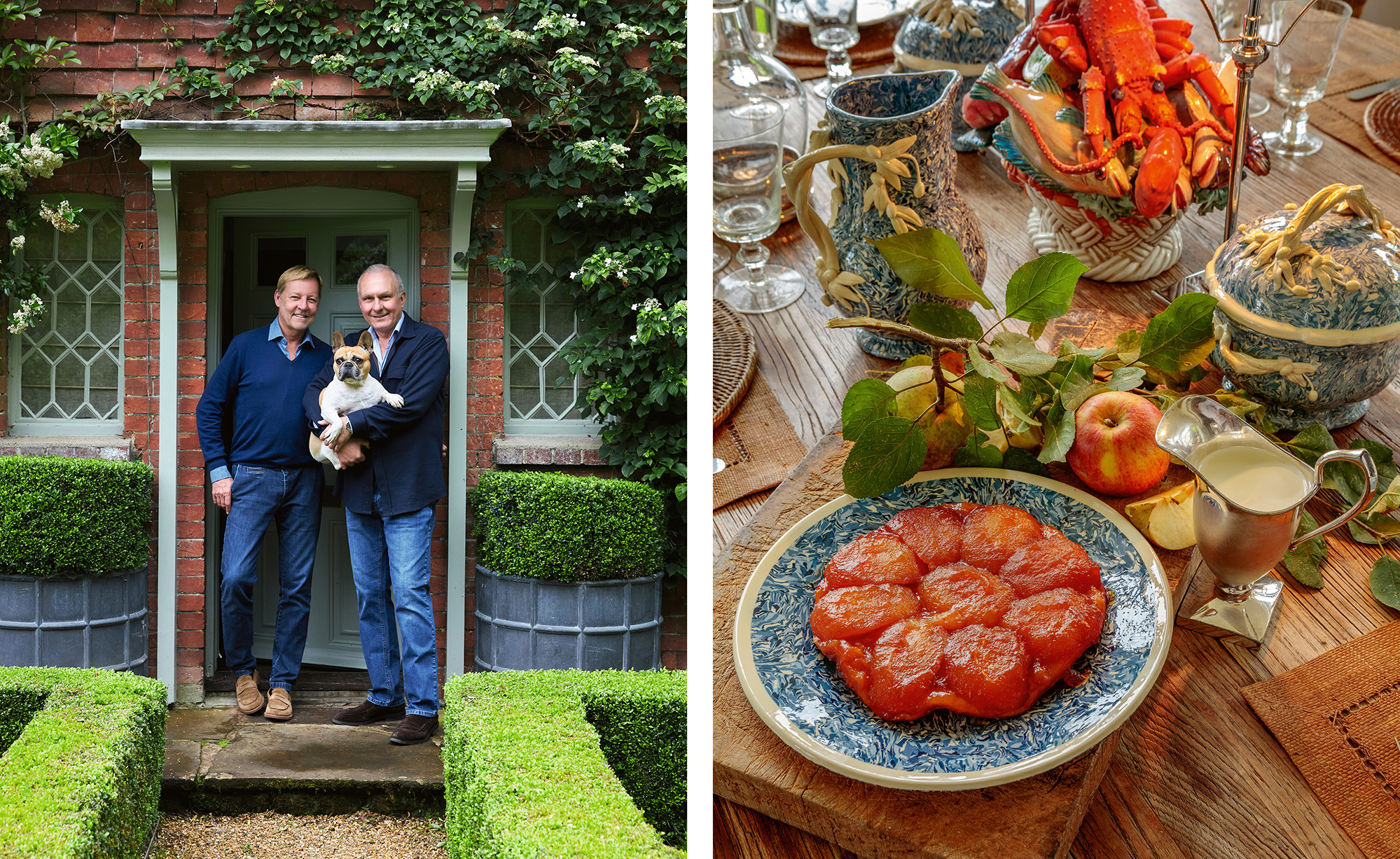
Learn About the Well-Lived Life from Designers Who Practice What They Preach
Designers Paolo Moschino and Philip Vergeylen share an appreciation for opulence in all things. When not creating delightfully traditional interiors for well-heeled homeowners (think Portofino manses, London townhouses, and the occasional yacht) or plush hotels in spots like Palermo and the Scottish Highlands, they’re living the good life at their Sussex country house, where the pair go on weekends. Their new book, An Entertaining Life: Designing Town and Country (Vendome), chronicles their lives between town and country, detailing how they entertain and decorate when they’re not designing for clients. Consummate collectors, Moschino and Vergeylen obsess over many things, including fine china, Jean Cocteau’s drawings, and silver. (The pair are also stockists for the storied Italian house of Buccellati.) I quizzed the House & Garden Top 100 designing duo on their favorite things, what their advice is for hesitant collectors, and what they actually do with over 40 sets of china. —Dan Rubinstein
DR: I hear you have 50-something drawings by Jean Cocteau, probably one of the most significant collections of his art there is. How did that start?
PV: I have always been fascinated by Jean Cocteau. For me, his drawings are like poetry put into a line drawing. Thirty years ago, Paolo and I were in Saint-Germain and we saw a lithograph—not a drawing—by Jean Cocteau. We went into the gallery and were both floored by the price. A year later, that same lithograph was still in the shop. I went back in and the price was still too high, but I was embarrassed. So I said to Paolo, “Listen, I’m not coming back a third time; we’re just going to buy it.” And I still have this lithograph, although it’s probably the least valuable one that we have. But it was the start of a collection.
What are your favorites?
PM: We have a special one, a mural that’s painted on plaster. It’s actually part of a mural from a restaurant in Paris called La Méditerranée. That’s one of my favorites.
PV: The biggest one we have, which is my favorite, is a study. There’s a very famous house in the south of France, where Cocteau used to stay with his benefactress. He basically painted the whole house—they say all the walls are “tattooed” by Jean Cocteau. One of the main paintings was of Actaeon, a man that flies away and grows the horns of a deer, in the main room of that house. The study for it hangs above our fireplace, which I think is fun. You would be hard-pressed to find a room in either the country or in London that doesn’t have at least one Jean Cocteau—in the office, I have two.
Any advice on buying works by him? There must be so many copies.
PV: There is an enormous amount of fake Cocteau—if you’re a bit of a skilled man with a pen, you can do it. There is one lady who was the assistant of Jean Cocteau, Annie Guédras. We never ever buy a Cocteau without a certificate from her.
How did you start collecting sets of china?
PV: It’s an addiction. Whenever I see it, I have to have it. All the dealers in Paris know me and send me things. In the country we had a garage, but Paolo never put the car in the garage. So I thought I would do a china room there. And then Paolo built a garage next door for his car, which never made it into that garage either because this time I wasn’t waiting. The second week, I put shelves up. So now I have two china rooms in the country—which are really my favorite rooms.
As designers and consummate hosts, what do you do with all of it?
PM: We use everything we have. We like to “interior decorate” the table every day.
PV: They’re not simple tables; they’re always quite theatrical. I love beautiful tables. I find that they’re an easy way for a designer to create a setting. I keep telling people if they take any object, put it in the middle of the table, and put two candles next to it, then it can be fun.
Another weakness of yours is silver. What came first, that or the china?
PV: I think they go in parallel. One birthday present that Paolo gave me was a set of silver cutlery for 12 people. It was beautiful, elegant but quite restrained. But as we learned more, the silver became more and more exuberant. You can clearly see that from the first pieces we bought to what we are buying now. We already have so much that it has to be really special for us to buy it now. It sounds arrogant, but it’s not meant that way. But you get confident in your knowledge through the years.
PM: But believe me, it’s not precious. If you came into our kitchen and opened the drawers, it’s full of silver cutlery because we like silver. We don’t keep it wrapped up, we like to use it. It doesn’t matter if it’s a bit scratched. It’s for us.
What’s your advice for those with the same urge for collecting?
PV: I think the best advice I can give is if you like it, buy it. Some people are sometimes hesitant to be too theatrical or to have too much silver on the table. But just go for it and do whatever you like.
PM: If you can afford it and if you have the space to keep it, get it, because if not I know you will regret it.
PV: It’s nice to hear Paolo be so supportive, because he’s angry with me every time another china set arrives in the post!
Has collecting perhaps made you better designers?
PV: Yes, because you keep looking. I might go somewhere looking for a silver cabbage, and on the way there I see something else. So it keeps that curiosity alive. We often go to the Marché aux Puces in Paris, where you find things that are unexpected and new. So it’s a lot more adventure.
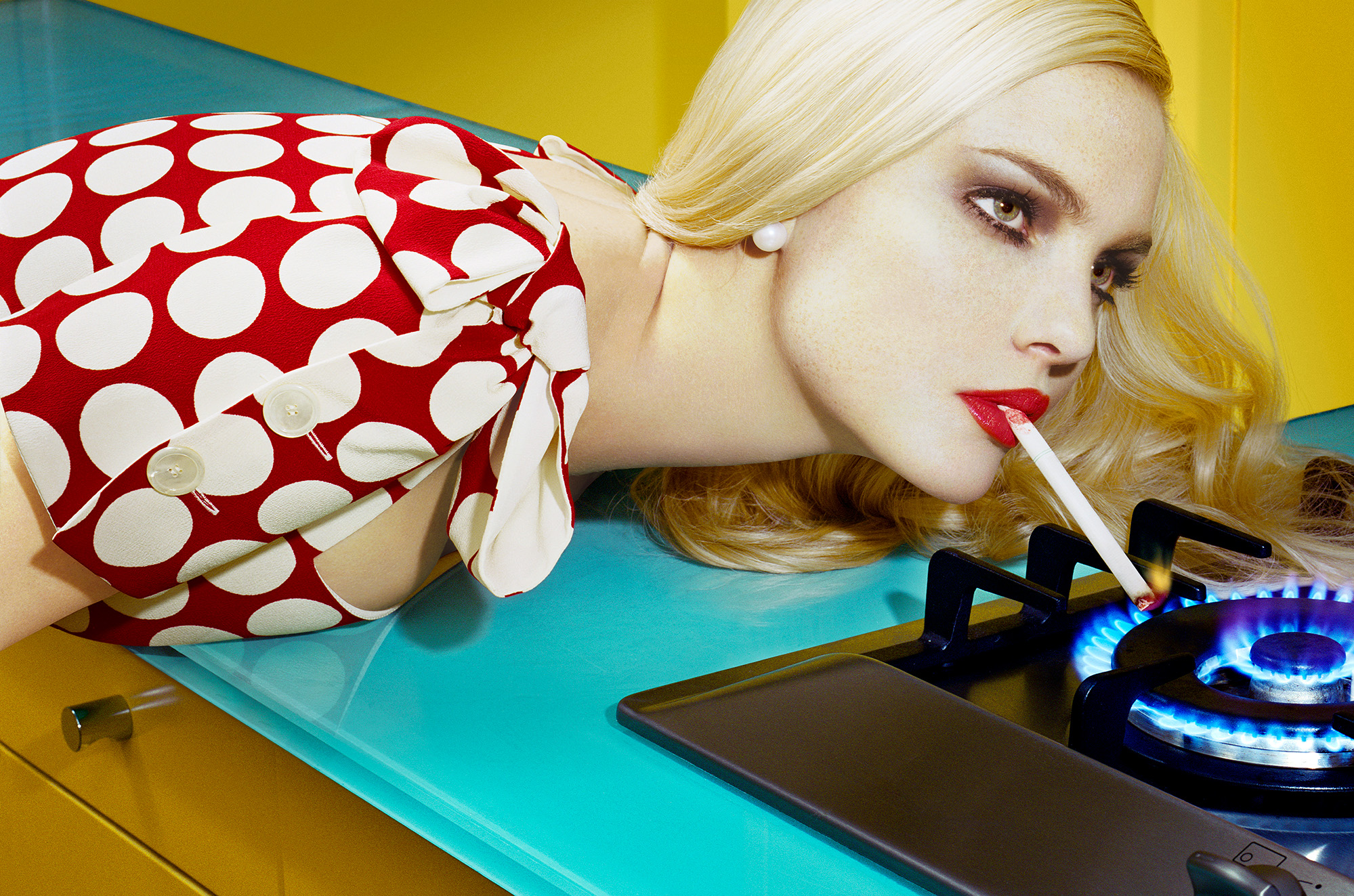
The Lesser-Known Works of Georgia O’Keeffe, John Baldessari, and Alex Katz; Plus Some Photo History
Chicago, “Georgia O’Keeffe: My New Yorks” (Until Sept. 22)
“I will make even busy New Yorkers take time to see what I see of flowers,” the great American painter Georgia O’Keeffe said in 1939. Beginning in 1924, O’Keeffe would spend several years living and painting in New York City’s Shelton Hotel—then the tallest residential skyscraper in the world. The imposing skyline and lofty heights of the city, so different from the New Mexico deserts she’s known for, inspired her to experiment with scale and perspective. This exhibit will present her city paintings as integral to rather than an outlier in her career, and it will be the first to seriously examine O’Keeffe’s urban landscapes. artic.edu
London, “Beyond Fashion” (Until Sept. 8)
Fashion photography hasn’t always been considered an art form. Its beginnings were merely commercial, but with the dawn of Vogue and Harper’s Bazaar, fashion photography became less about the clothes and more about the allure. This exhibit traces that history with the work of nearly 50 photographers—like Peter Lindbergh’s classic black-and-white photographs, Miles Aldridge’s neon cinematic work, and Juergen Teller’s iconic 2008 shot of Victoria Beckham’s legs coming out of a Marc Jacobs shopping bag—while highlighting a new, ever-creative generation of photographers in the industry. saatchigallery.com
London, “John Baldessari: Ahmedabad 1992” (Until July 27)
John Baldessari, who passed in 2020, was known as a pioneer of American conceptual art who confronted the meaning of art with wit and humor. What Baldessari is less known for is a series of collages he made during his residency in India in the early ’90s, during a period of change and globalization for the country. Coming from California, where he lived and worked, his impressions of his new surroundings are recorded in an eclectic assortment of his own photographs and found imagery. spruethmagers.com
Paris, “Alex Katz: 60 Years of Printmaking” (Until July 23)
At 96 years old, Alex Katz is painting away in his SoHo loft and enjoying a surge in the popularity of his seven decades’ worth of work. It should come as no surprise that the American artist’s early experimentation with silkscreening, which produces flat, crisp colors, would influence his iconic painting style. This exhibit presents Katz’s printmaking practice, which he returned to throughout his career, bringing together his very first print with a print house in 1965 and large, monochromatic portraits of late. ropac.net —Vasilisa Ioukhnovets
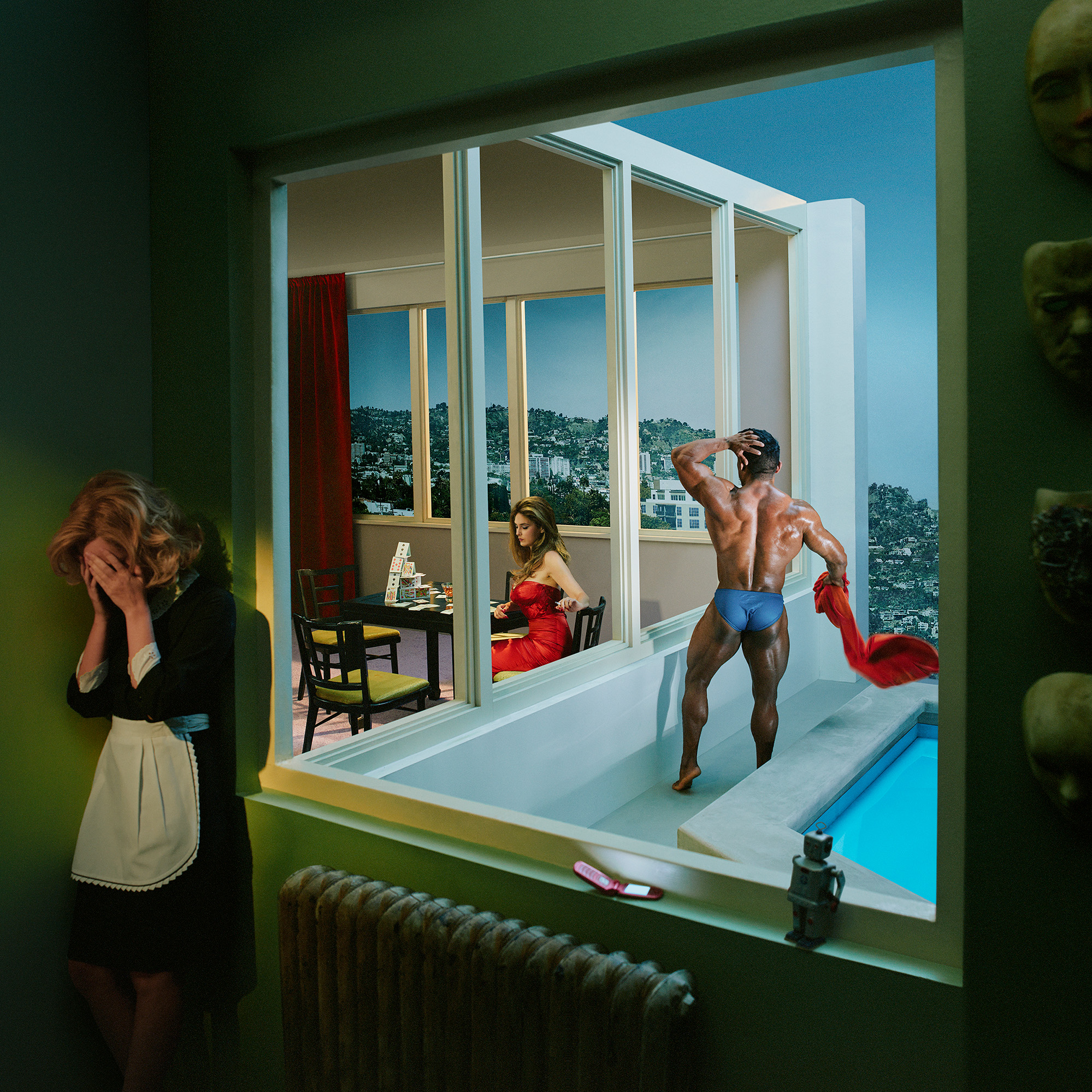
We checked in with our former podcast guests who will be inching through Miami traffic, unveiling new works, signing books and revealing new projects this year.
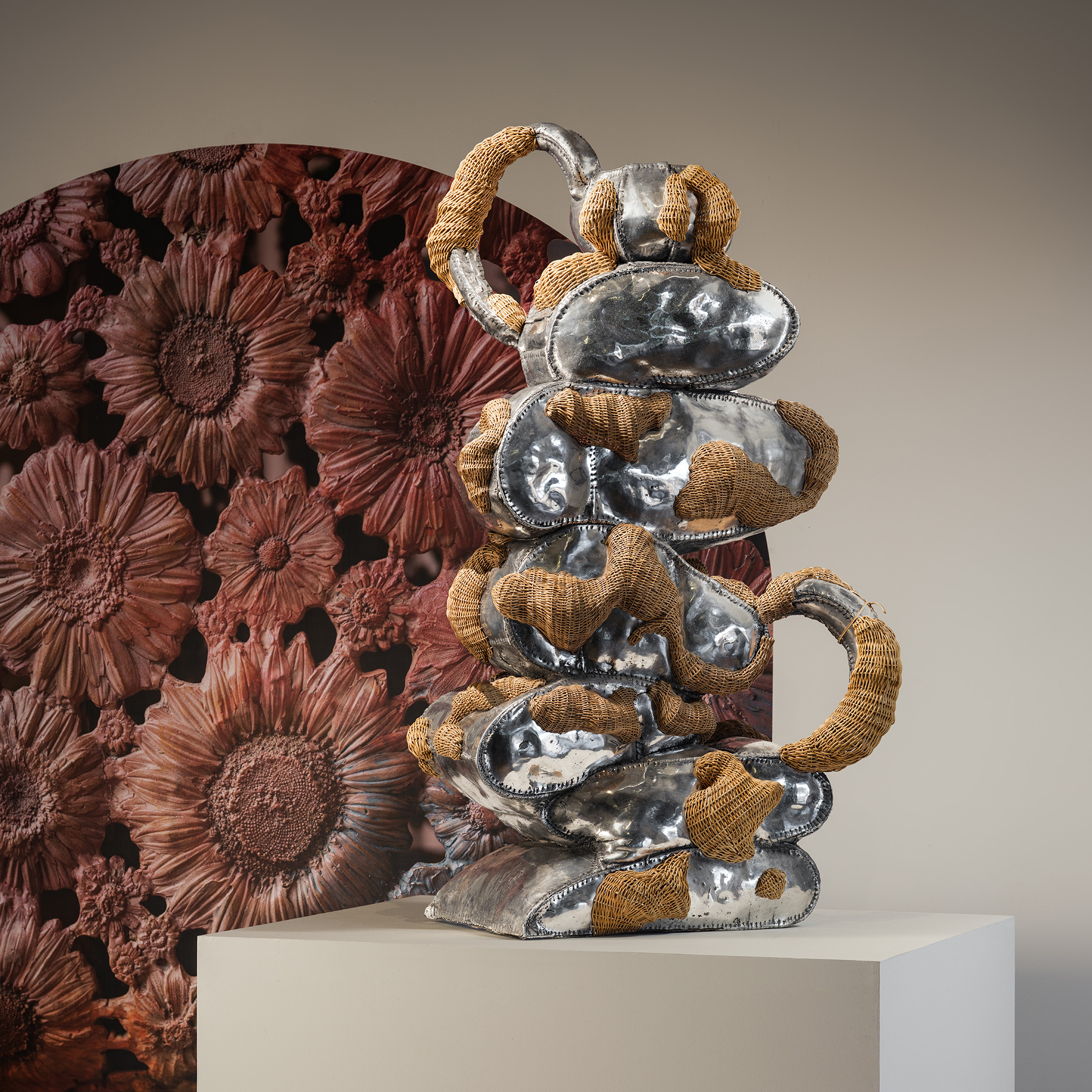
The ecstatic designs of Chris Wolston come to Texas, Juergen Teller's most honest show yet opens in Athens, a forgotten Cuban Modernist is revived in New York, and more.
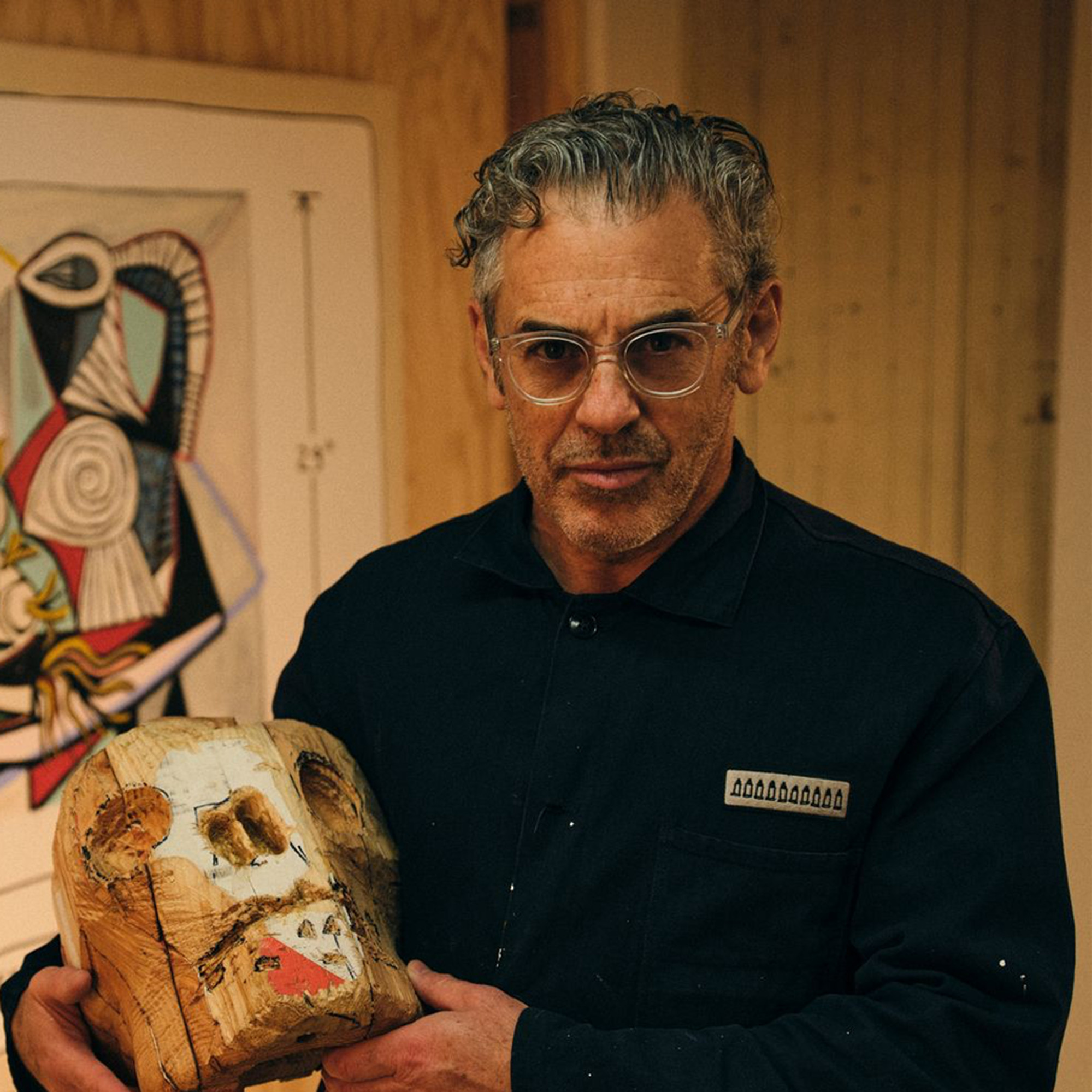
Tom Sachs explores various creative disciplines, from sculpture and filmmaking to design and painting. On this season finale, Dan speaks with Tom about his accidental journey to fine art, how an installation in a Barneys window kickstarted his career, and more.